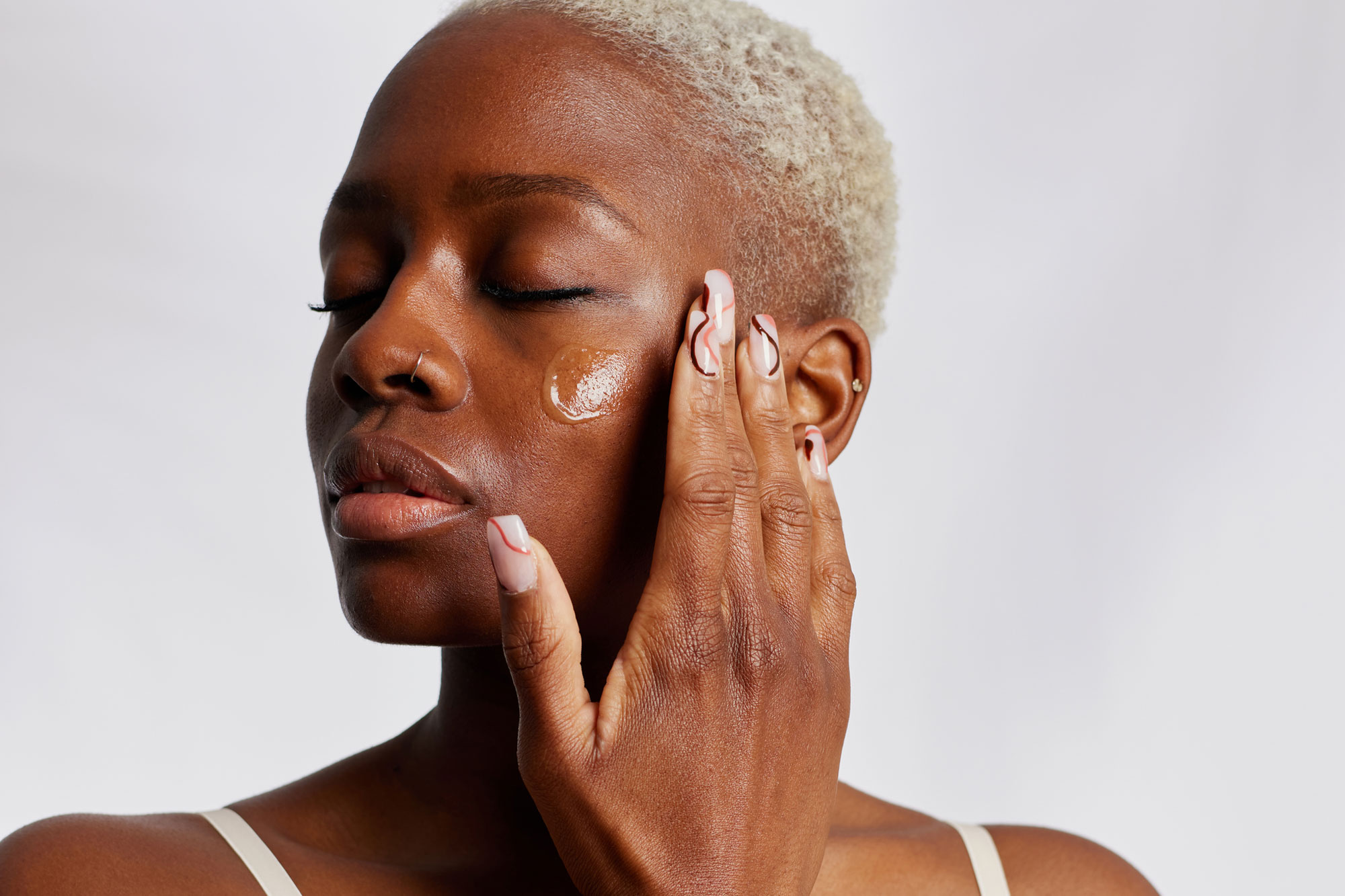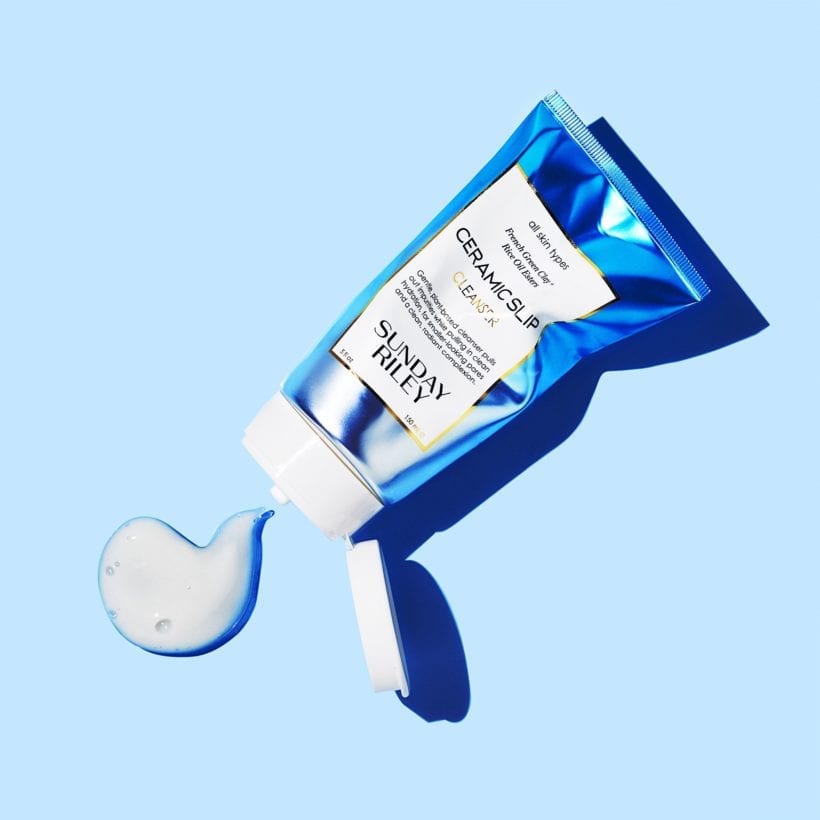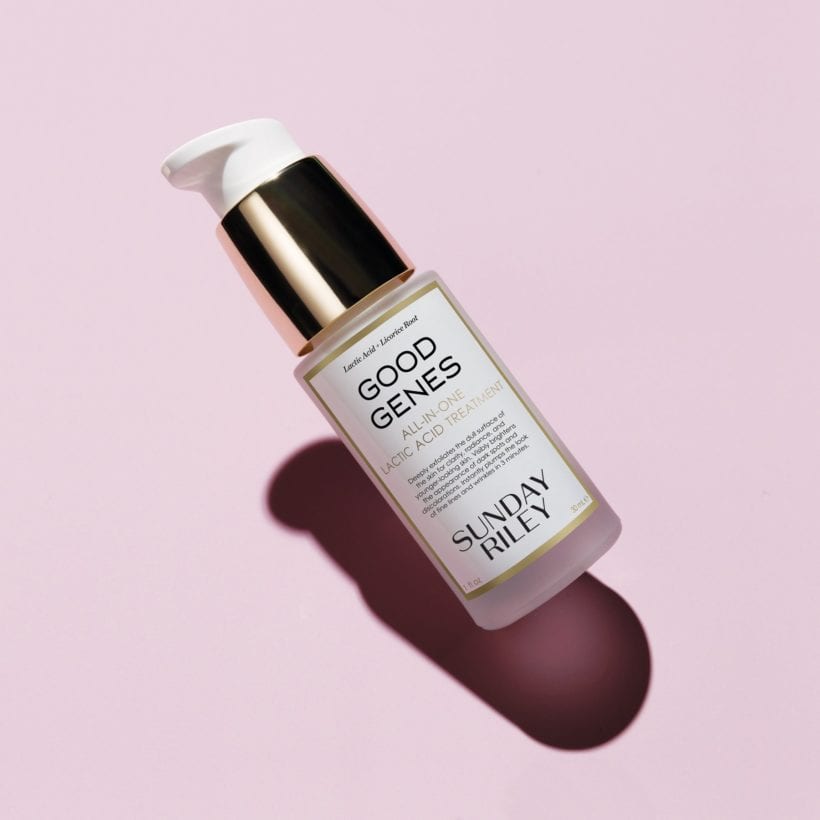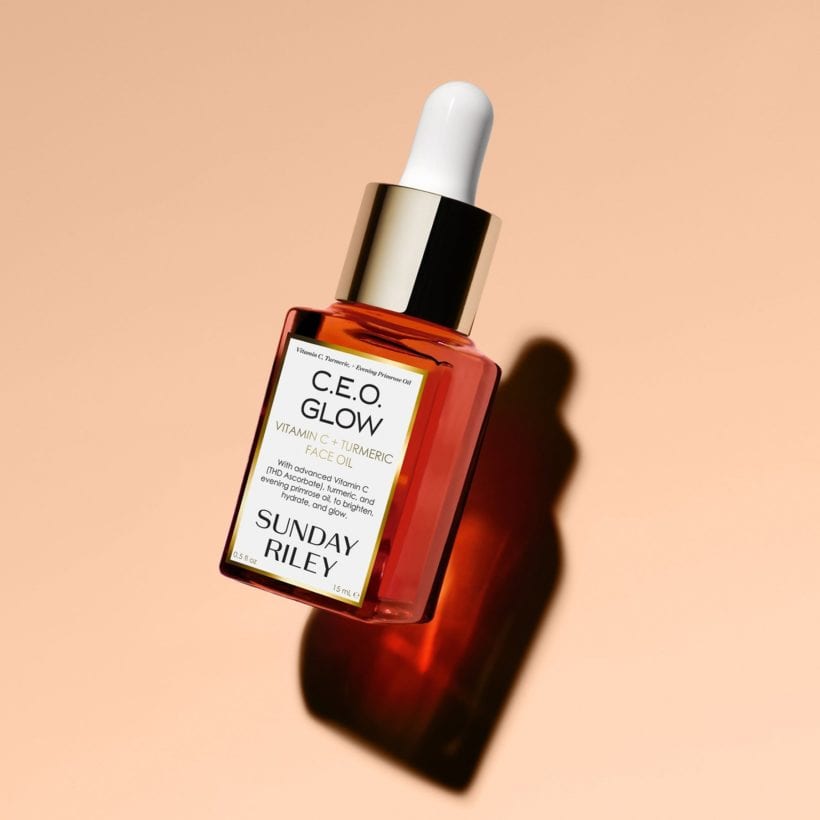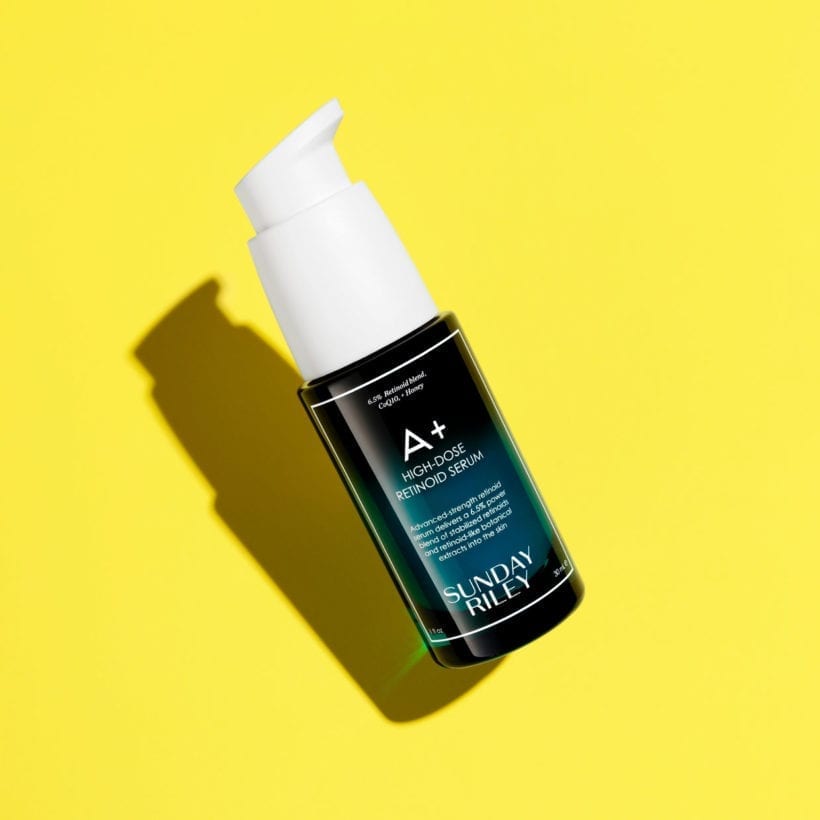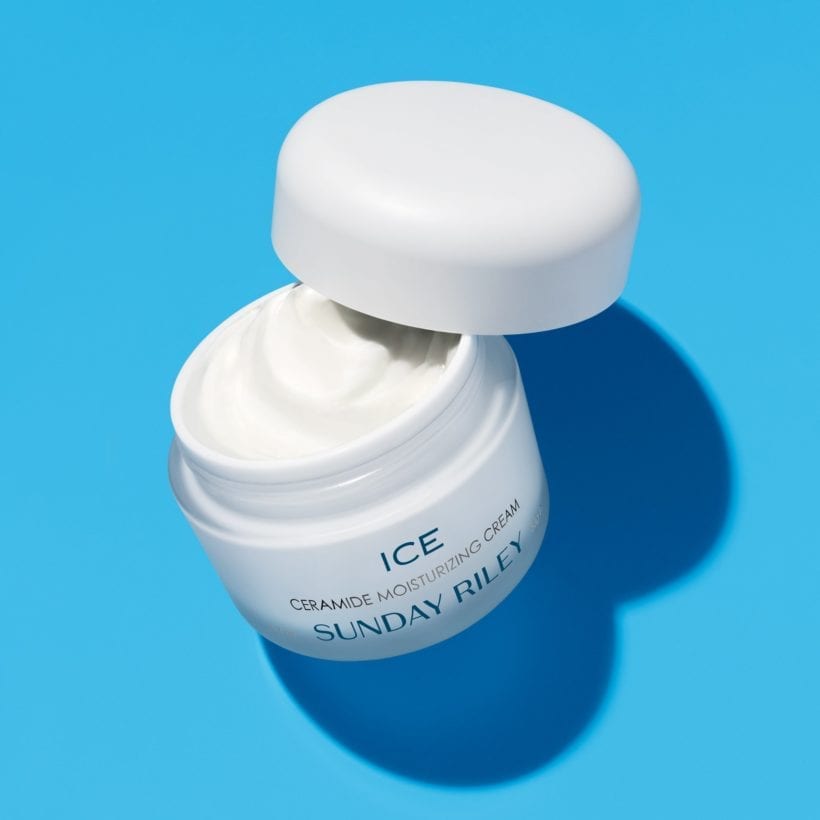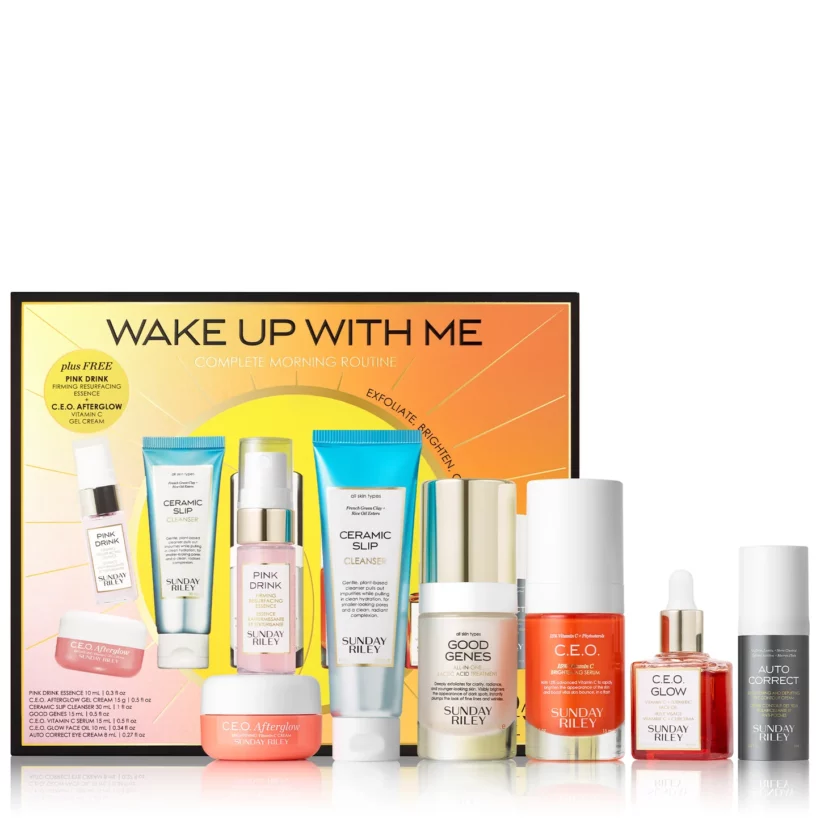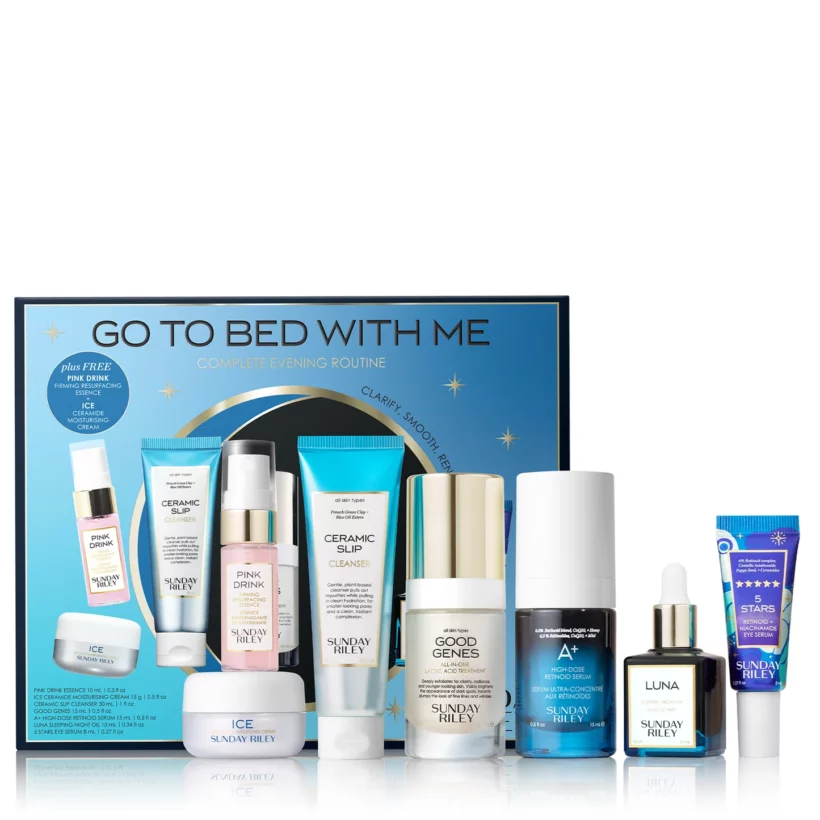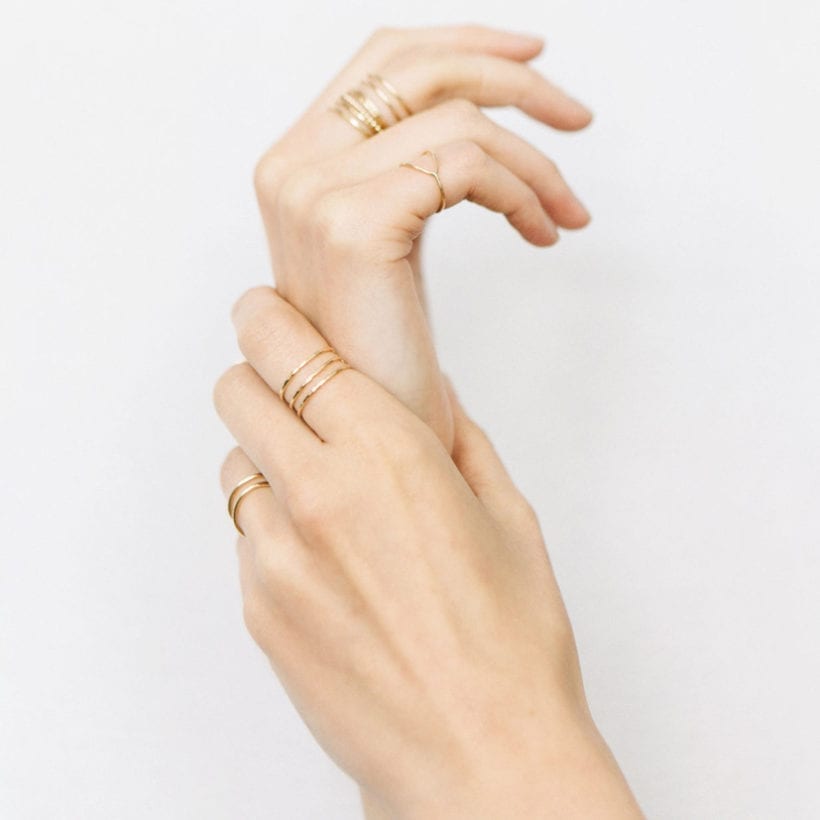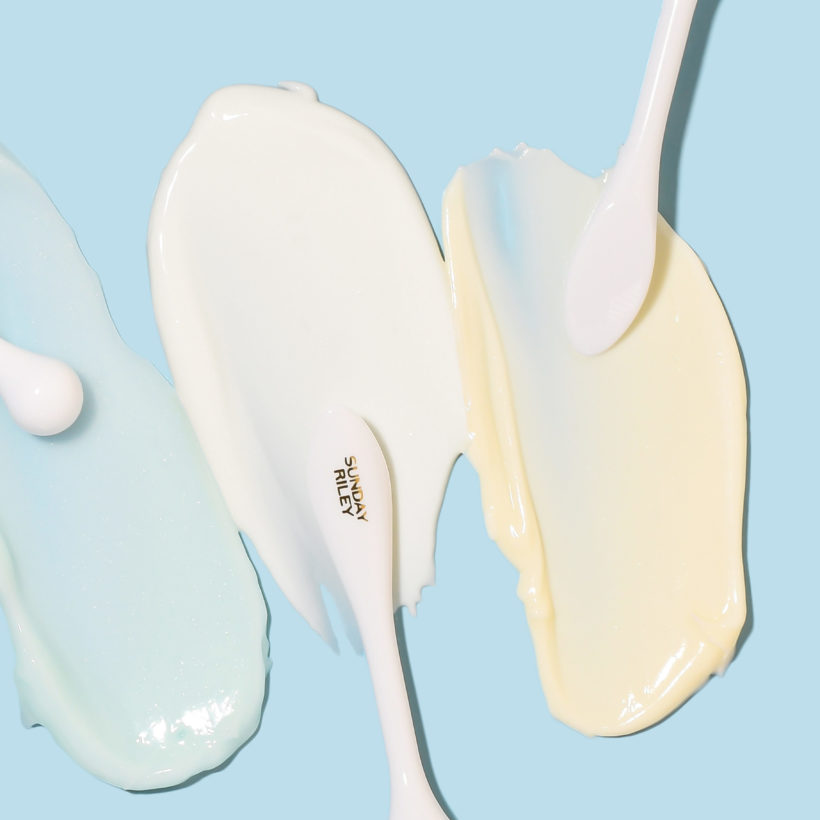Skincare routines during our teenage years are as basic as they get. You have a little more disposable income in your 20s and make room for more skincare experimentation. But once your 30s start, it’s time to take things a little more seriously. Your 30s are a time of change, which also means significant shifts in the skin. Kristina Kitsos, an aesthetic injector, registered nurse, and skincare authority calls the 30s “a transitional time in life and skin. Puberty is long gone, and the skin now faces new changes and challenges that you can deal with proactively,” she says.
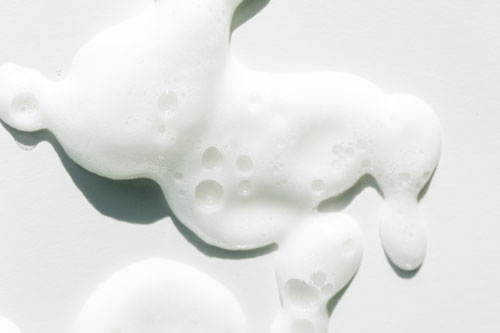
Meet the Experts
Kristina Kitsos is an aesthetic injector, registered nurse, and skincare authority.
Dr. Dendy Engelman is a board-certified cosmetic dermatologist and Mohs surgeon.
Dr. John Layke of Beverly Hills Plastic Surgery Group and the co-founder of Beverly Hills MD.
Oni Chaves is an aesthetician.
One of the most prevalent changes to the skin is the initial signs of sun damage beginning to creep up. “Most likely, the damage happens in your teenage years or 20s and comes back to haunt you later,” says Kitsos. Sun damage manifests as hyperpigmentation, rosacea, and uneven skin texture. “Sun damage can lead to collagen degradation, too, meaning more fine lines and wrinkles,” says Dr. Anar Mikailov, a board-certified dermatologist and founder of Skintensive.
By the time 30 hits, the skin starts to lose about one percent of collagen annually, influencing the first signs of wrinkles, fine lines, dullness, and thinner skin.
Speaking of collagen, even if the sun doesn’t cause it to decrease, by the time 30 hits, the skin starts to lose about one percent of collagen per year, influencing the first signs of wrinkles, fine lines, dullness, and thinner skin. “As we age, the skin becomes drier and less capable of retaining moisture, which contributes to the appearance of dullness and sallowness,” explains Dr. Dendy Engelman, a board-certified cosmetic dermatologist, and Mohs surgeon. Sun, pollution, and environmental damage coupled with lifestyle habits, genetics, and hormones that all visibly impact the skin. “There’s also a loss of volume in the fat pockets of the face and see changes in the neck, décolleté and under the eyes,” says Dr. John Layke of Beverly Hills Plastic Surgery Group and the co-founder of Beverly Hills MD.
It’s not just the skin’s outer appearance that goes through a shift; the skin’s underworkings also experience changes. The rate at which skin cells renew and reproduce starts to slow, giving way to prolonged repair and rejuvenation. In addition to collagen, naturally occurring hyaluronic acid, ceramides, and elastin levels decrease, translating to dull-looking skin that appears slightly more saggy.
For these reasons, the 30s are a great time to build a well-rounded skincare routine that addresses current needs while preventing future damage to healthy skin. Dr. Mikailov calls his step ‘pre-juvenation,’ which decreases how much rejuvenation your skin will need in the future.
The Ultimate At-Home Daily Skincare Routine For Your 30s
1. Cleanse Daily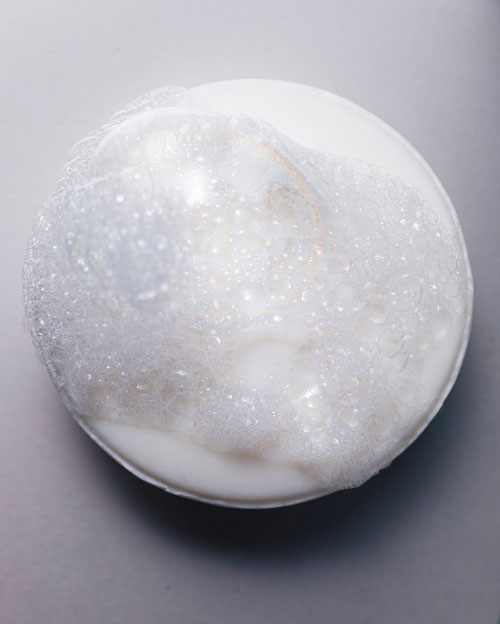
Whether you’re busy chasing around your kids or you think the revived TikTok trend of morning-only cleansing is good enough, for most people, not washing your face twice a day (especially before bed!) is a big mistake many 30-year-olds make, says Dr. Engelman. If your skin veers on the dry side, you may be able to get away with just washing it at night. Still, even so, a hydrating cleanser helps remove dirt, oil, product buildup, and impurities, leaving the skin cleaner and better equipped to take in the next active ingredients.
Skipping your nightly cleanse “allows makeup, sweat, pollutants, and grime from the day to sit on the skin, clog the pores, and age you while you sleep. So no matter how tired you are, take the extra minute or two to wash your face properly — it will go a long way for your skin’s appearance,” she adds.
If you like to use a toner after cleansing, opt for one to balance the skin’s pH levels. And steer clear of alcohol-based toners, which can dry out the skin.
Product Pick: Sunday Riley Ceramic Slip Cleanser
2. Exfoliate at least once per week
One way to keep the skin glowy and free of dead skin cells that can clog pores is weekly exfoliation. Gone are the days of harsh, abrasive scrubs of our teens, and in their place are more gentle exfoliating acids, like lactic and glycolic acids. “Some people enjoy using a wipe-off mask or sheet mask once a week, which is fine as a spa day at home,” says Dr. Mikailov.
Product Pick: Sunday Riley Good Genes Lactic Acid Treatment
3. Load up on antioxidants
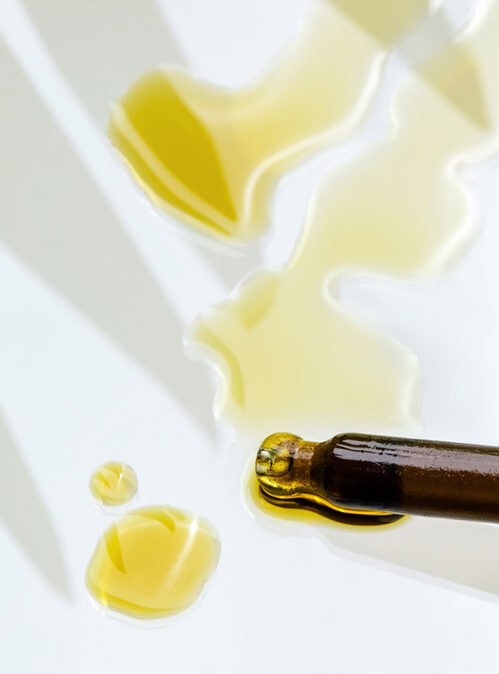
The skin is bombarded with numerous environmental aggressors, like pollution, poor air quality, smoke, smog, and sun damage. So, unless you spend all waking hours indoors without interacting with the outdoor elements, you’ll want to apply a topical antioxidant every day to fight free radical damage. “Our skin is the first line of defense from the environment, so we must regularly strengthen and support its function,” says aesthetician Oni Chaves.
Vitamin C is one of the more potent antioxidants to incorporate into your skincare regimen. “It is powerful, protects the skin against free radical damage, and helps brighten the skin and reduce sun damage,” says Shay Moinuddin, RN, Clinic Director at The Few Institute. However, don’t gloss over other antioxidants, like vitamins B and E, ferulic acid, and turmeric — they’re practical, too. Though antioxidants aren’t a replacement for SPF, when using antioxidants with sunscreen, the degree of protection is always more than using either one on its own.
You can supplement your antioxidant game by eating your way to healthier skin, too. Dr. Layke says some of his favorite consumable antioxidants are beta carotenes (pumpkin, carrots, spinach, and parsley), anthocyanins (eggplant, grapes, and berries), and catechins (red wine and tea).
Product Pick: Sunday Riley C.E.O. Glow Vitamin C and Turmeric Face Oil
4. Incorporate a treatment
The treatments and serums you use should be based on your individual concerns. If you’re looking for someplace to start, vitamin A-derived retinol is a universally loved ingredient that works with all skin types. Retinol speeds up the rate skin cells renew, making fine lines and wrinkles less visible. Increased cell turnover also helps to reduce pigment on the surface and boost collagen production for thicker skin. “Retinol can improve overall skin function, meaning if you have oily skin, it will help regulate oil production. If you have dryer skin, it will help speed cellular turnover, encouraging exfoliation,” says Chaves. “Used consistently over time, it can help reduce the appearance of aging,” she says. Regular use of retinol may also help with hormonal acne to some degree. However, hormonal acne often requires numerous ingredients and sometimes medication to get the breakouts under control,” adds Dr. Engelman.
If you’re new to retinol and have sensitive skin, start with a lower concentration and build up to a more potent formula as your skin adjusts. For an alternative to retinol (say, you’re pregnant or breastfeeding), Dr. Engelman suggests bakuchiol, which has similar effects to retinol.
Product Pick: Sunday Riley A+ High-Dose Retinoid Serum
5. Don’t neglect your eyes
The thin, delicate skin around the eyes is often the first to show its age due to facial expressions like smiling and squinting. And because the skin under and around the eyes is fragile, not just any serum or cream will do — it’s essential to use a product specifically tested for the eye area. Applying a hydrating cream to the skin around the eyes will help increase the suppleness and firmness of the skin to help mitigate potential signs of future aging.
Product Pick: Sunday Riley 5 Stars Retinol + Niacinamide Eye Serum
6. Hydrate inside and out
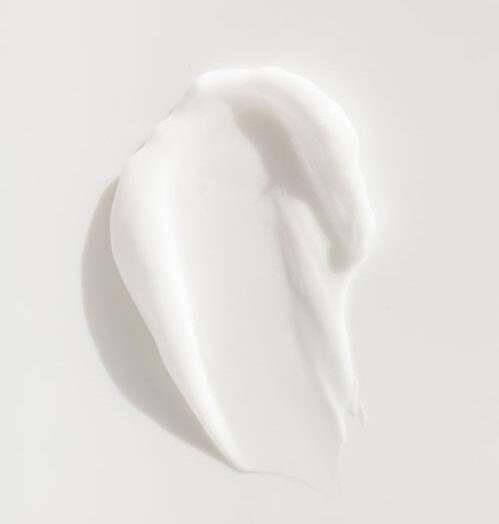
With age, the skin loses its ability to retain moisture effectively, so topical products that lend a dose of hydration become indispensable. Dry skin responds well to moisturizers with hyaluronic acid, squalene, and ceramides, giving an instant hydration boost and a softening effect. In addition, Chaves recommends serums or oil serums under moisturizer or mixed in with it. Dr. Mikailov says to consider slugging at night and sleeping with a humidifier to keep dry skin well hydrated.
The oilier your skin is, the lighter the moisturizer should be. “Moisturizers and serums with a higher humectant to occlusive ratio may be beneficial,” says Dr. Mikailov. For normal skin types, pretty much any moisturizer works but consider the climate you’re in when selecting the appropriate product.
Product Pick: Sunday Riley Ice Ceramide Moisturizing Cream
7. Never go a day without sunscreen
If you think that your SPF-infused makeup is doing your skin enough justice when it comes to skin protection, it’s not enough. Though it seems convenient, it doesn’t provide nearly enough of a shield from UV rays. Sunscreen protects the skin from the sun’s harmful UV rays to limit photodamage and hyperpigmentation — and should be applied to your entire body, not just the areas of your face where you apply makeup.
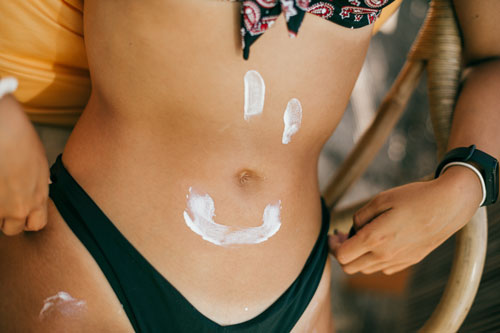
Sunscreen should always be the last step in your morning skincare routine, and you should wear it every day without fail. Plus, ample sun protection is critical for preventing premature aging and reducing the risk of skin cancer. “My tip is to find an SPF that you like and will wear, which makes it easier to apply every day and less of a chore,” suggests Dr. Engelman.
Product Pick: Sunday Riley Light Hearted Broad Spectrum SPF 30 Sunscreen
8. Consider investing in in-office treatments
Everything you apply to the skin morning and night is essential for a healthy routine, but some professionally administered practices can take your skin to the next level. For example, Moinuddin advises adults in their 30s to start undergoing in-office treatments that correct sun damage, irregular texture, and scarring, like BBL and non-ablative fractional lasers. “These treatments also stimulate collagen production, which will slow the aging process,” she says. Likewise, Kitsos favors laser and light-based therapy treatments to improve discoloration, stimulate collagen, and remove some damage from UV exposure. “I also believe in treatments that encourage cellular turnover, such as chemical peels, microneedling with PRP, and exosomes, which creates small openings in the skin’s surface to stimulate new collagen,” she adds.
Another beneficial treatment for 30-somethings to consider and implement is microneedling, which stimulates collagen. Some devices, like Vivace, pair microneedling with radiofrequency for the added benefit of skin tightening. At-home dermal rollers suffice too, but the results take much longer to see, and proper use and application are paramount to avoid potential adverse risks.
Now that your skin is more mature in your 30s, you could also consider cosmetic procedures like Botox injections or other neuromodulators to help smooth out fine lines and wrinkles.
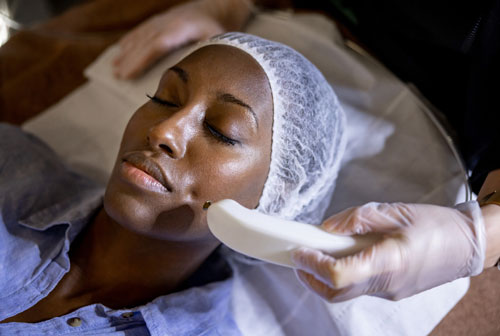
9. Have separate AM and PM routines
Though many of your morning and nighttime products (like your cleanser) can overlap, the general rule of thumb is that your a.m. regimen revolves around protection and all-day moisture, while your p.m. routine should prioritize recovery and treatment. Take a moment at the end of each day to see what your skin needs. If you’re experiencing dryness, add an extra dose of hydrating oil. If you’re noticing dullness, add another spritz of Pink Drink Essence.
Product Picks: Sunday Riley Wake Up With Me Complete Morning Routine and Go to Bed With Me Complete Evening Routine
We only recommend products we have independently researched, tested, and loved. If you purchase a product found through our links, Sunday Edit may earn an affiliate commission.
